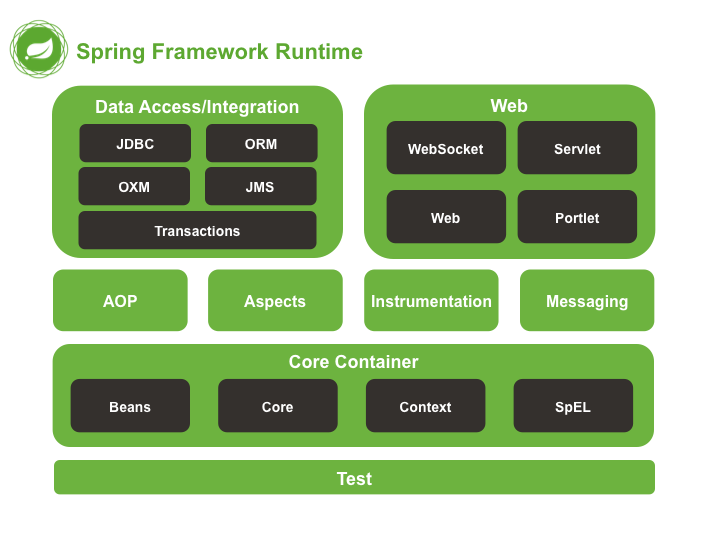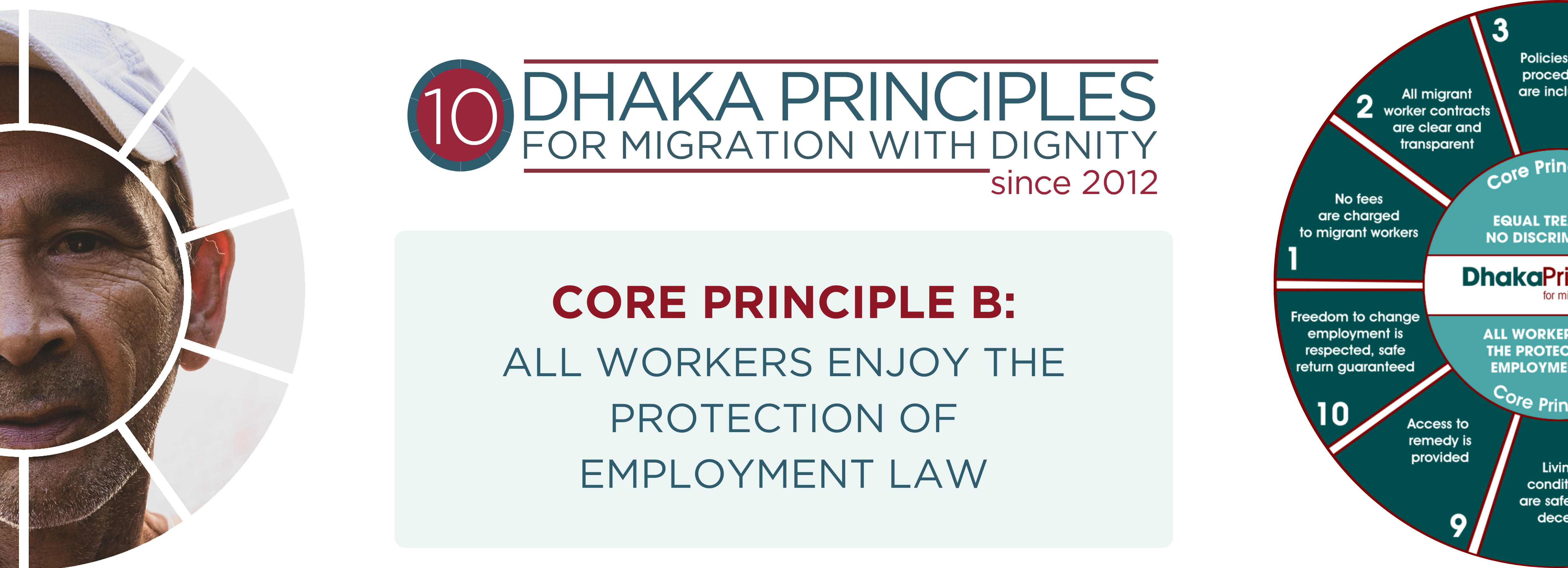

Cohesin mediates transcriptional insulation by CCCTC-binding factor. Critical DNA binding interactions of the insulator protein CTCF: a small number of zinc fingers mediate strong binding, and a single finger-DNA interaction controls binding at imprinted loci. Suppression of clonal dominance in cultured human lymphoid cells by addition of the cHS4 insulator to a lentiviral vector. An experimental system for the evaluation of retroviral vector design to diminish the risk for proto-oncogene activation. Genomic and functional assays demonstrate reduced gammaretroviral vector genotoxicity associated with use of the cHS4 chromatin insulator. Li, C.L., Xiong, D., Stamatoyannopoulos, G. The chicken hypersensitivity site 4 core insulator blocks promoter interference in lentiviral vectors. A chromatin insulator blocks interactions between globin regulatory elements and cellular promoters in erythroid cells. Ryu, B.Y., Persons, D.A., Evans-Galea, M.V., Gray, J.T. Improved human β-globin expression from self-inactivating lentiviral vectors carrying the chicken hypersensitive site-4 (cHS4) insulator element. A chromatin insulator protects retrovirus vectors from chromosomal position effects. Topological domains in mammalian genomes identified by analysis of chromatin interactions. Cohesins functionally associate with CTCF on mammalian chromosome arms. Waves of retrotransposon expansion remodel genome organization and CTCF binding in multiple mammalian lineages. Widespread plasticity in CTCF occupancy linked to DNA methylation.

Analysis of the vertebrate insulator protein CTCF-binding sites in the human genome. Chromatin boundaries, insulators, and long-range interactions in the nucleus. Giles, K.E., Gowher, H., Ghirlando, R., Jin, C.


The insulation of genes from external enhancers and silencing chromatin. The protein CTCF is required for the enhancer blocking activity of vertebrate insulators. A 5′ element of the chicken beta-globin domain serves as an insulator in human erythroid cells and protects against position effect in Drosophila. Characterization of the chicken beta-globin insulator. Insulators: exploiting transcriptional and epigenetic mechanisms. The use of chromatin insulators to improve the expression and safety of integrating gene transfer vectors. Genotoxicity of retroviral integration in hematopoietic cells. Concise review: managing genotoxicity in the therapeutic modification of stem cells. Transfusion independence and HMGA2 activation after gene therapy of human β-thalassaemia. Hematopoietic stem cell gene therapy with a lentiviral vector in X-linked adrenoleukodystrophy. Gene therapy for immunodeficiency due to adenosine deaminase deficiency. Efficacy of gene therapy for X-linked severe combined immunodeficiency. The insulators we describe here are expected to increase the safety of gene therapy for genetic diseases. The elements are small, can be efficiently accommodated by viral vectors and have no detrimental effects on viral titers. We show that the elements identified acted as potent enhancer blockers and substantially decreased the risk of tumor formation in a cancer-prone animal model. These elements are highly occupied by the insulator protein CTCF, are DNase I hypersensitive and represent only a small minority of the CTCF recognition sequences in the human genome. Here we describe a genomic approach for the identification of compact sequence elements that function as insulators. Although insulator sequences that block transcriptional enhancers could mitigate or eliminate these risks, so far no human insulators with high functional potency have been identified. Insertional mutagenesis and genotoxicity, which usually manifest as hematopoietic malignancy, represent major barriers to realizing the promise of gene therapy.


 0 kommentar(er)
0 kommentar(er)
